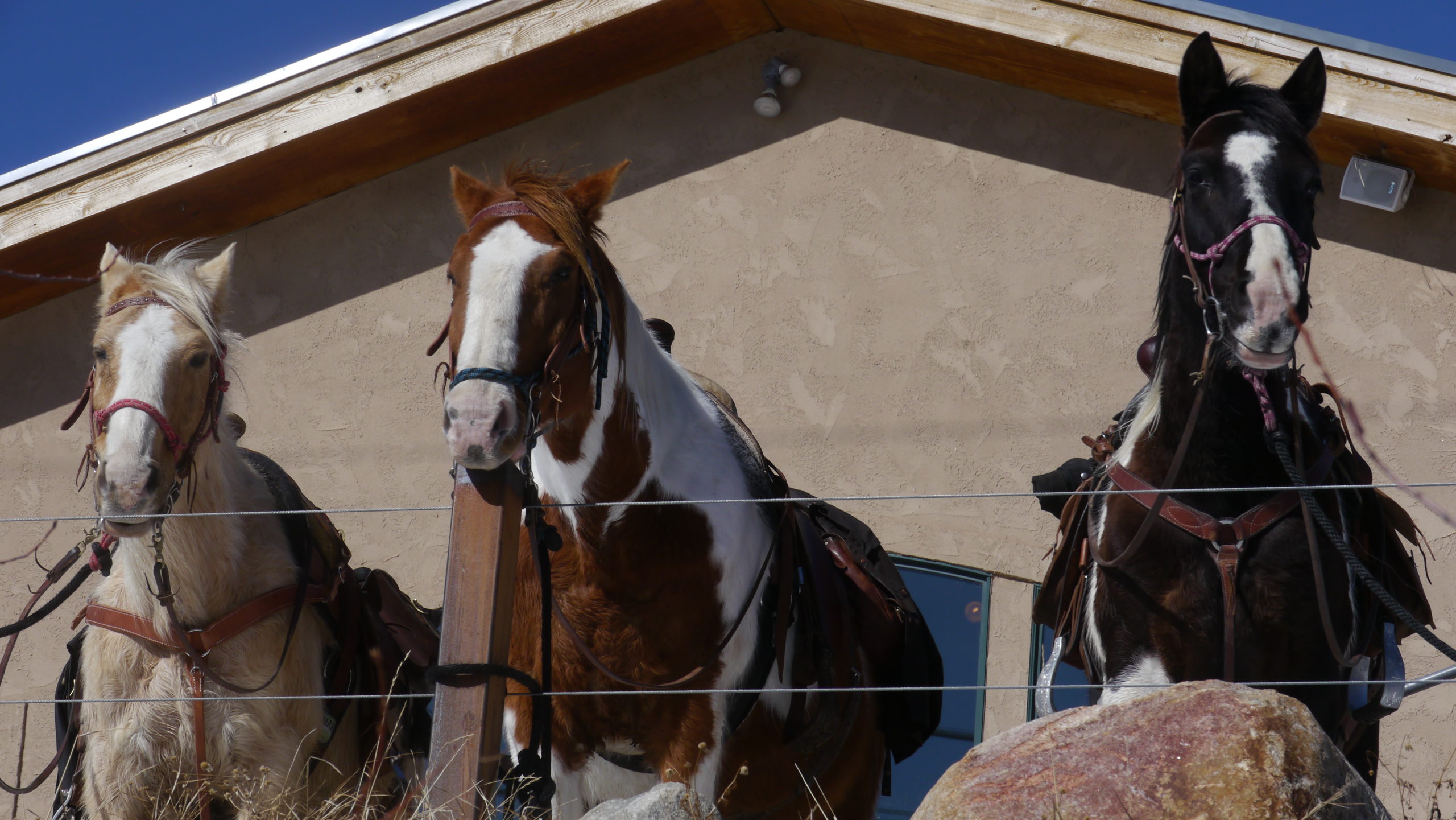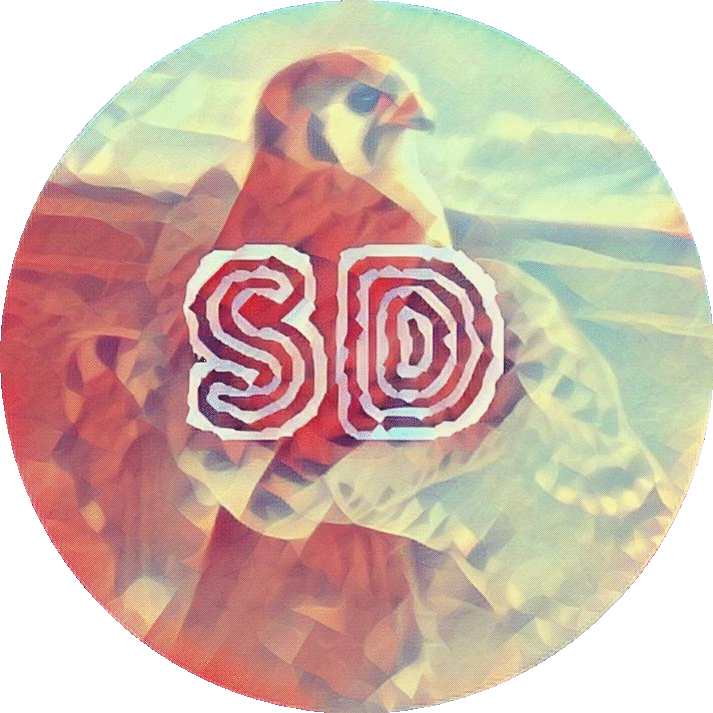Wehmeyer, Michael L., et. al., 2000, Exceptional Children
Promoting Causal Agency: The Self-Determined Learning Model of Instruction
“Social inclusion refers primarily to the presence and societal acceptance of people with disabilities within school, work, and community settings. As noted, social inclusion is often considered an outcome of social effectiveness, but in our self-determination intervention model, we conceptualize it principally as a mediating variable.”
“Social inclusion serves as a mediating variable for interventions to promote self-determination because it provides the opportunities necessary for people to act volitionally and engage in self-determined actions.”
“Simply put, social inclusion cannot be measured simply by the size of one’s social network or frequency of one’s social engagements; instead it must be considered as a function of the person’s personal preferences and the degree to which the social network results in sufficient social capital to enable the person to achieve the preferred goals for his or her life and to achieve his or her own personally relevant quality of life.”
GREAT ADVICE
Promoting Self-Determination in Youth with Disabilities: Tips for Families and Professionals
Tips By Christine D. Bremer, Mera Kachgal, and Kris Schoeller, National Center on Secondary Education and Transition
Social-Ecological Self-Determination
Perspectives on Self-Determination: Supporting Successful Transition
Promote Reasonable Risk Taking
- Make choice maps listing risks, benefits, and consequences of choice;
- Build safety nets through family members, friends, schools, and others;
- Develop skills in problem solving;
- Develop skills in evaluating consequences.
Self-Determined, a Social-Ecological Perspective on Mediating Human Agentic Behavior
“[S]ocial ecological approach is grounded in a conceptual foundation of self-determination as a form of human agentic behavior…then, self-determination always has a social context and because that social context almost always involves other people.”
“[O]verwhelmingly, the barrier to self-determination is in the form of some human decision or action—the imposition, as it were, of someone else’s will—and not the physical environment itself.”
“[R]elated research has shown that people with intellectual and developmental disabilities with higher adaptive behavior scores are more likely to be self-determined (Nota, Ferarri, Soresi, & Wehmeyer, 2007; Stancliffe, Abery, & Smith, 2000), a finding that supports the potentially important mediating role social behaviors play in self-determination since social skills form only a part of adaptive behavior measures.”
“Specifically, there are three forms of social behavior that we believe serve as mediator variables to the promotion of self-determination: social effectiveness (McFall, 1982), social capital (Gardner & Carran, 2005; Cade, Carran, & Gardner, 2006; Trainor, 2008), and social inclusion (Siperstein & Parker, 2008).
“Social effectiveness is one’s ability to use social skills, strategies, and behavioral competencies to achieve preferred quality of life outcomes and to access key opportunities (making friends, recruiting social support networks, joining groups, managing one’s life and daily routines, negotiating, etc.).
Facilitate Development of Self-Esteem
- Create a sense of belonging within schools and communities;
- Provide experiences for children and youth to use their talents;
- Provide opportunities to youth for contributing to their families, schools, and communities;
- Provide opportunities for individuality and independence;
- Identify caring adult mentors at home, school, church, or in the community;
- Model a sense of self-esteem and self-confidence.
Develop Goal Setting and Planning
- Teach children and youth family values, priorities, and goals;
- Make posters that reflect values and are age-appropriate;
- Define what a goal is and demonstrate the steps to reach a goal;
- Make a road map to mark the short-term identifiers as they work toward a goal;
- Support children and youth in developing values and goals;
- Discuss family history and culture–make a family tree;
- Be flexible in supporting youth to reach their goals; some days they may need much motivation and help; other days they may want to try alone.
Help Youth Understand Their Disabilites
- Develop a process that is directed by youth for self-identity: Who are you? What do you want? What are your challenges and barriers? What supports do you need?
- Direct children and youth to write an autobiography;
- Talk about the youth’s disability;
- Talk about the youth’s abilities;
- Involve children and youth in their IEP;
- Use good learning style inventories and transition assessments;
- Identify and utilize support systems for all people.
Promote Choice Making
- Identify strengths, interests, and learning styles;
- Provide choices about clothing, social activities, family events, and methods of learning new information;
- Hold high expectations for youth;
- Teach youth about their disability;
- Involve children and youth in self-determination/self advocacy; opportunities in school, home, and community;
- Prepare children and youth for school meetings;
- Speak directly to children and youth;
- Involve children and youth in educational, medical, and family decisions;
- Allow for mistakes and natural consequences;
- Listen often to children and youth.
Promote Self Advocacy
- Encourage communication and self-representation;
- Praise all efforts of assertiveness and problem solving;
- Develop opportunities at home and in school for self-advocacy;
- Provide opportunities for leadership roles at home and in school;
- Encourage self-advocates to speak in class;
- Teach about appropriate accommodation needs;
- Practice ways to disclose disability and accommodation needs;
- Create opportunities to speak about the disability in school, home, church, business and community.
Encourage Exploration of Possibilities
- Promote exploration of the world every day;
- Use personal, tactile, visual, and auditory methods for exploration;
- Identify young adult mentors with similar disabilities;
- Talk about future jobs, hobbies, and family lifestyles;
- Develop personal collages/scrap books based on interests and goals;
- Involve children and youth in service learning (4H, AmeriCorps, local volunteering).

WHAT IS SOCIAL CAPITAL?
“Social capital refers to the networks of social ties, supports, relationships, trust, cooperation, affiliations, and social-behavioral reciprocity that enhance one’s quality of life, lead to improvements in life chances, and satisfy basic psycho-social needs. For purposes of this NTI initiative, a working definition of social capital refers to: The personal and collective power of people with disabilities and organizations to further their full inclusion within the community, to access social support networks, and to increase their quality of life.”
“Social capital involves two types of support groups or systems: formal and informal. Examples of formal supports are organizational affiliations such as People First, 4-H Clubs, Girl and Boy Scouts, etc. Informal supports consist of naturally occurring support networks and include family members, friends, neighbors, mentors, advocates, etc.”

COMMON LIFE IS NOT GOOD
“[T]wo types of social capital have been recognized: bonding social capital and bridging social capital. Bonding refers to affiliating with others who share similar psycho-social characteristics, interests, and preferred activities that form the basis for friendships and shared goal attainment. Bridging, in contrast, involves affiliating with people having different characteristics, skills, perspectives, and relationships with others, in order to achieve an otherwise unattainable goal.”
“Social inclusion refers primarily to the presence and societal acceptance of people with disabilities within school, work, and community settings. As noted, social inclusion is often considered an outcome of social effectiveness, but in our self-determination intervention model, we conceptualize it principally as a mediating variable.”

ACCEPT THE NATURE
“More than 75% of parents rated choice-making, decision-making, problem solving, self-management and self-regulation skills, and self-awareness, and self-knowledge as being very important for their children. More than 60% of parents rated goal setting skills and self-advocacy and leadership skills as very important by school staff across the grade span (Carter et al., 2008; Carter et al., 2011).”
“[P]rograms, parent affirmation of the importance of fostering self-determination could set the stage for stronger collaboration and coordination across home, school, and community settings. Indeed, educators and parents do not always hold similar priorities for transition-age students.
“[T]wo aspects of self-determination, choice-making skills and self-awareness and self-knowledge, this discrepancy was not nearly quite as large” compared to non-disabled peers.
